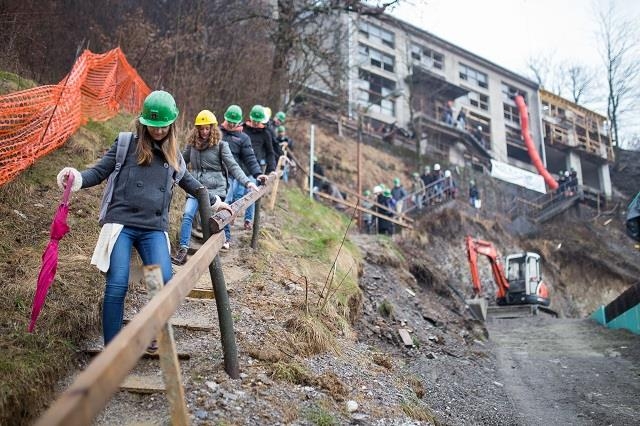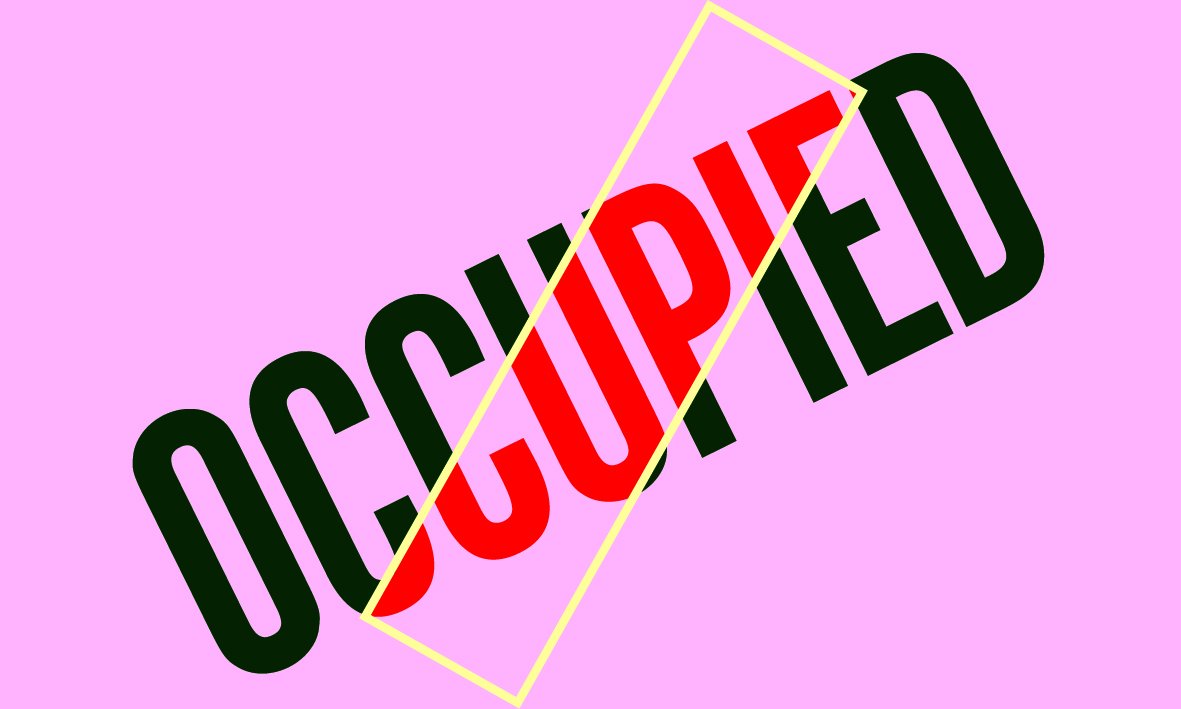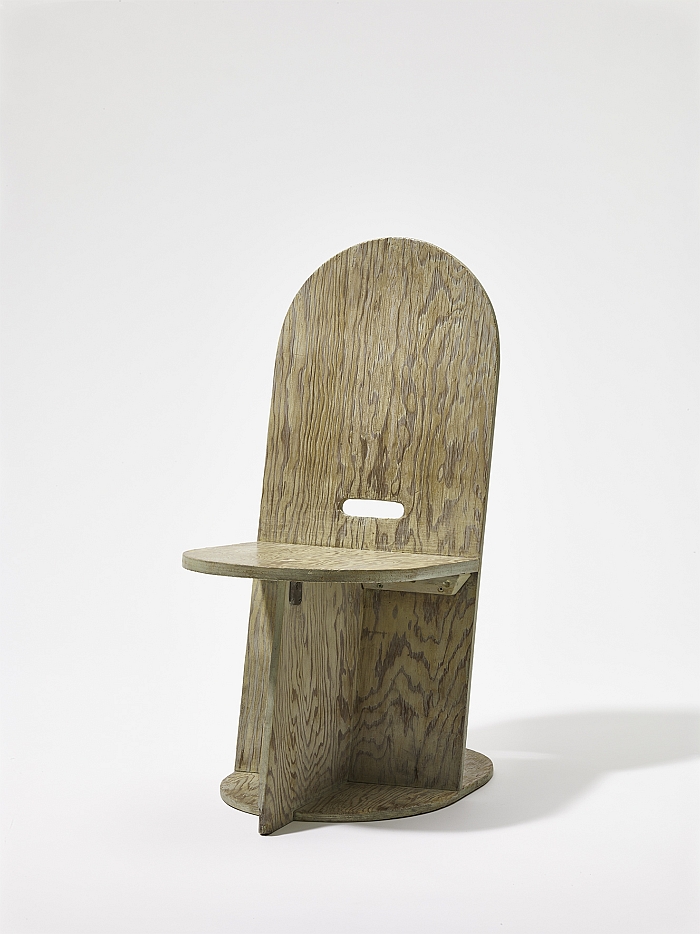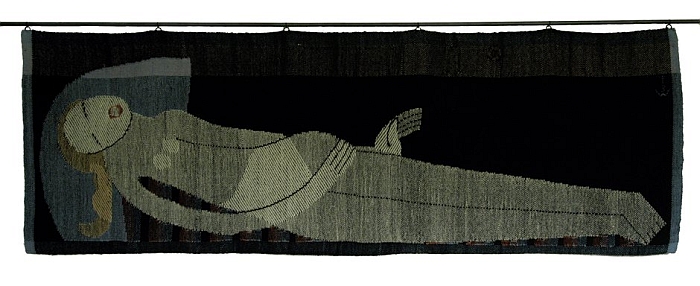Such are the vagaries of the autumn/spring cycle in the global design exhibition industry, and it is an industry people, let's not fool ourselves otherwise, August is traditionally a very lean month: curators are on holiday, critics are on holiday, exhibition designers are on holiday, protagonists are on holiday. Who wants to open an exhibition?
The following five museums. That's who..........
Whereas museum exhibitions generally begin with the posing of a question and/or the establishing of a position before the curators select objects with which they hope to explain their position and/or approach an answer to their question, the exhibition Dream out Loud at the Stedelijk Museum Amsterdam began with a call for projects. For objects. Not because the curators couldn't think up any interesting questions, but because that was the question: what is currently happening in Dutch design, who is moving in which direction, what ideals are being promoted, which positions represented.
According to the museum some 400 designers responded to the call, submitting 750 proposals from which the international jury selected 26. Featuring works from designers as varied as, and amongst many others, Marjan van Aubel, Pieke Bergmans and Dirk van der Kooij, the curators promise an exhibition which presents the selected designers' visions as to how we can create a better, more sustainable and fairer world. It also promises to be a fairly thorough review of contemporary Dutch creativity.
Yes, one could argue that because the displayed projects have been selected by a jury they represent the subjective opinion of that jury as to what is interesting, relevant, good, contemporary in contemporary Dutch design; or put another way, represent objects with which the curators hope to explain their position and/or approach an answer to their question......
Dream out Loud opens at the Stedelijk Museum, Museumplein 10, 1071 DJ Amsterdam on Friday August 26th and runs until Sunday January 1st

The German singer Herbert Grönemeyer is famously of the belief that "The world belongs in childrens' hands", but how would that work out practically in terms of architecture and urban planning? Focussing on the results a project undertaken in the western Slovenian town of Idrija, The Youth, the City and the Heritage promises to provide insights into how the local youth can be engaged to participate in what the organisers refer to as "bottom-up urbanism" as well as potential points of conflict in such an approach. In addition to the exhibition an important component of the event promises to be the associated talks and lectures in which the results and conclusions will be discussed and debated in more depth, and thus potential lessons for other communities elucidated and exchanged.
TBI: The Youth, the City and the Heritage opens at the Museum of Architecture and Design, MAO, Grad Fužine, Pot na Fužine 2, 1000 Ljubljana on Wednesday August 10th and runs until Sunday September 25th

As any fool know, our growing global population needs ever more space. The space we have is however limited, and as moving to other planets is, currently, not feasible we need, with increasing urgency, sustainable ideas for safely, securely and healthily housing the future population. And for all for housing future urban populations. The exhibition Occupied at the Royal Melbourne Institute of Technology's Design Hub takes the position that the all-encompassing, clean sheet, start-anew city planning approaches of previous centuries are no longer compatible or viable with and in our integrated contemporary cities, and instead presents proposals from international architecture practices focussing on adapting, transforming and re-appropriating existing urban spaces; small scale interventions in the urban fabric which, if you will, think between the lines of the existing city and which thus seek to find new solutions and new answers. And which one would presume are universally applicable.
Occupied opened at the RMIT Design Hub, Building 100, Corner Victoria and Swanston Streets, Carlton, 3053 Melbourne on Friday July 29th and runs until Saturday September 24th

Even we are going to struggle to make this sound like an exhibition..... it's four pieces of furniture. A dinning table, a chair, two chests of drawers.......
Born in Vienna in 1887 Rudolph M. Schindler was a student of Otto Wagner's at the city's Akademie der bildenden Künste before moving to Chicago in 1914 where he worked with Frank Lloyd Wright. In addition to being a bridge between the early stages of European and American Modernism, Rudolph Schindler was also an important, if regularly overlooked, protagonist in the movement's subsequent blossoming: works such as the Schindler House from 1922, the El Pueblo Ribera Court from 1923 or the Lovell Beach House from 1926, and all in California, may not be universally known, but set new conventions in terms of materials, construction principles and geometry.
Similarly Rudolph M. Schindler's furniture design work goes very much its own way: on the one hand completely inaccessible and alienated, Schindler's furniture nonetheless manages to appear very familiar, almost calming, a state of affairs we attribute to the fact they contain elements of the traditional, the classic and the familiar, just presented in forms that are anything but.
The so-called Inaya Furniture is a collection of objects created by Rudolph M. Schindler in the late 1940s for Los Angeles resident Beata Inaya, nine pieces of which belong to the MAK Vienna permanent collection - a dining table, a dressing table, four chairs and three chests of drawers. Quite aside from the formal and construction peculiarities of the pieces a particular highlight is the way Schindler worked the surface with a wire brush to focus attention on the grain. Four pieces of furniture may not constitute an exhibition. Do however constitute a fascinating insight into the work of Rudolph M. Schindler, his views on form, function and aesthetics, and also the undeniable truth that a piece of furniture is no more a piece of furniture than a poem is a poem, a painting a painting or an opera an opera.
Rudolph M. Schindler's Inaya Furniture opens at the Museum für angewandte Kunst, Stubenring 5, 1010 Wien on Wednesday August 3rd and runs until Sunday August 28th

That a central tenet of the education philosophy at "modernist" schools of the 1920s such as Bauhaus and Burg Giebichenstein Halle was the connection between art and craft, it should come as no surprise that textile and carpet design have a long tradition in eastern central Germany. Staged as part of "Große Pläne", the region wide celebration of modernism in Sachsen-Anhalt, Textile Art at Burg Giebichenstein in the 1920s promises an exploration of not only that claimed in the title, but also an expansion to Burg's near neighbour Bauhaus: a not illogical extension given not only the information and idea exchange that invariably occurred between the two institutions but also the personnel exchanges, Benita Koch-Otte, for example, training in the Weaving Workshop at Bauhaus Weimar before transferring to Burg Giebichenstein in 1925 to take over the Weaving Workshop.
In addition to looking at regional textile art from the 1920s the exhibition at the Kunstverein Talstrasse also promises examples of more contemporary carpet design work by the French artist Jean Lurçat and thereby an exploration of the influence Lurçat's work had on designers in post-war eastern central Germany, and potentially still has today. And thus, ideally, continuing the story of textile design in the region from the 1920s until today.
Textile Art at Burg Giebichenstein in the 1920s opens at the Kunstverein Talstrasse, Talstraße 23, 06120 Halle (Saale) on Thursday August 11th and runs until Sunday November 20th
